Tropical Fever: Causes, Types, and Preventive Tips
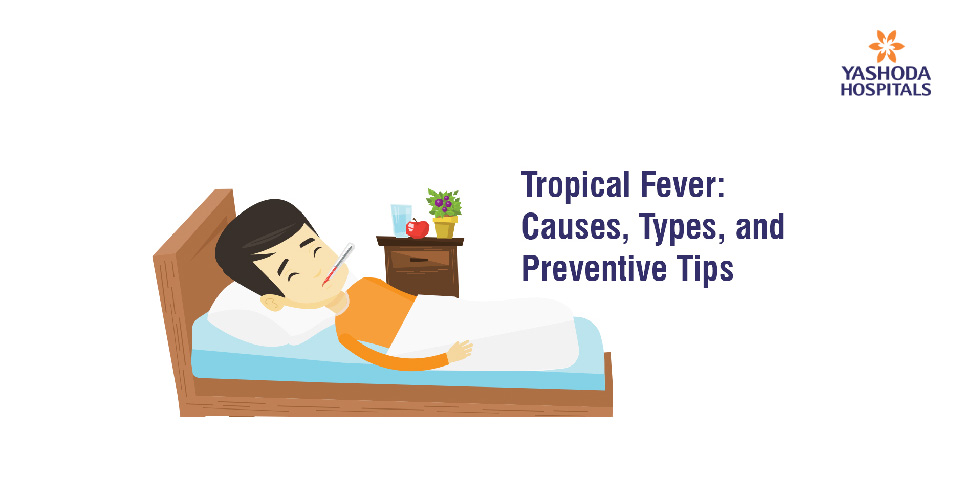
Tropical fevers are infections that are only found in the tropics and subtropics. Some occur all year, while others are more common during the rainy and post-rainy seasons. Dengue hemorrhagic fever, rickettsial fever, malaria (usually falciparum), typhoid, leptospira bacterial sepsis, and common viral infections such as influenza were among these. Bacteria and viruses are two organisms that cause tropical diseases. Most people are familiar with these terms because these organisms cause illness. Tropical fever symptoms include sudden onset of fever, chills, headache, myalgia, abdominal pain, conjunctival suffusion, and transient skin rash.
Many common viral and bacterial diseases are spread directly from person to person in temperate climate zones, via airborne routes of transmission, or through sexual contact. Respiratory diseases (such as measles, respiratory syncytial virus, and tuberculosis) and sexually transmitted diseases are also significant in the tropics.
Furthermore, because clean water and sanitary conditions are often a luxury in developing countries, many diseases are spread through contaminated water and food sources. Due to single or multiorgan failure, a large number of these patients require intensive care unit (ICU) care such as mechanical ventilation, renal replacement therapy, vasopressor support, blood and blood component therapy, and so on.
Let’s have a look at the types of tropical fever and how they impact health:
Dengue fever
Dengue fever is a mosquito-borne illness that occurs worldwide in tropical and subtropical regions. Mild dengue fever is characterized by a high fever and flu-like symptoms, whereas severe dengue fever, also known as dengue hemorrhagic fever, can result in serious bleeding, a sudden drop in blood pressure (shock), and death.
Rickettsial fever
Rickettsial infections and related infections (such as anaplasmosis, ehrlichiosis, and Q fever) are caused by a rare type of bacteria that can only live within the cells of another organism. Rickettsiae and rickettsia-like bacteria are typically transmitted to humans through the bites of ticks, mites, fleas, or lice that have previously fed on an infected animal and spread (transmit) disease-causing organisms from one host to another. Q fever, caused by Coxiella burnetii, can be transmitted through the air or through contaminated food and water and does not require the presence of a vector.
Malaria
Malaria is a parasitic disease spread to humans through the bites of infected mosquitos. Malaria is still common in tropical and subtropical countries, despite its rarity in temperate climates. Malaria usually causes severe illness, including a high fever and shaking chills.
Are you dealing with a chronic malaria infection? Are your home remedies not treating malaria effectively?
Typhoid fever
Typhoid fever, caused by the Salmonella typhi bacteria, is uncommon in developed countries but poses a serious health risk in developing countries, particularly among children. Typhoid fever is caused by contaminated food and water or close contact with an infected person. High fever, headache, stomach pain, constipation, or diarrhoea are typical signs and symptoms.
Leptospirosis
Leptospirosis is a rare bacterial infection spread through animal urine, particularly that of dogs, rodents, and farm animals. They may not exhibit any symptoms, but they are carriers. Leptospirosis is typically unpleasant but not life-threatening, similar to a case of the flu, which rarely lasts more than a week. However, it can cause much more serious problems, such as chest pain and swollen arms and legs, which often necessitate hospitalization.
Influenza
Influenza (flu) is a highly contagious viral infection that affects the lungs’ air passages and causes a high fever, muscle aches, cough, and other symptoms. It is one of the most severe and common viral illnesses of the winter season, and it can lead to pneumonia or death.
Preventive Tips
- Use mosquito repellents and deterrents.
- Wear protective clothing that covers the skin as much as possible, such as long sleeves and long pants.
- Stay away from the breeding ground. Mosquitoes prefer filthy environments, such as stagnant pools, because they allow mosquitoes to breed.
- Avoid smells such as sweat and perfume that attract mosquitoes.
- Keep your environment neat and clean.
- Wear long-sleeved protective clothing and a broad-brimmed hat when engaging in activities that may involve human contact with ticks, lice, mites, or fleas, such as bushwalking and camping in infected areas.
- Following these activities, use an insect repellent containing DEET or picaridin and inspect your skin for possible bites (especially behind the ears, on the back of the head, in the groin, armpits, and behind the knees).
- Avoid coming into contact with fresh water or soil that has been contaminated with animal urine.
- It is not recommended to wade, swim, or put your head in floodwaters, lakes, rivers, or swamps. Avoid contact with fresh water, especially after flooding or heavy rain.
- If wading in floodwaters or other freshwater is necessary, wear footwear and cover cuts and wounds with waterproof bandages or dressings.
- To make the water safe to drink, bring it to a boil or use an appropriate chemical treatment.
-
Tropical fevers: Management guidelines (Accessed on 18th July)
- Tropical Fevers in Indian Intensive Care Units (Accessed on 18th July)
https://www.ncbi.nlm.nih.gov/pmc/articles/PMC5752788/#:~:text=Ceftriaxone%20and%20doxycycline%20were%20the,the%20most%20common%20(24%25)
About Author –
Dr. Ranga Santhosh Kumar, Consultant General Physician & Diabetologist , Yashoda Hospital, Hyderabad
MBBS, MD (General Medicine), PGDC (Diabetology)

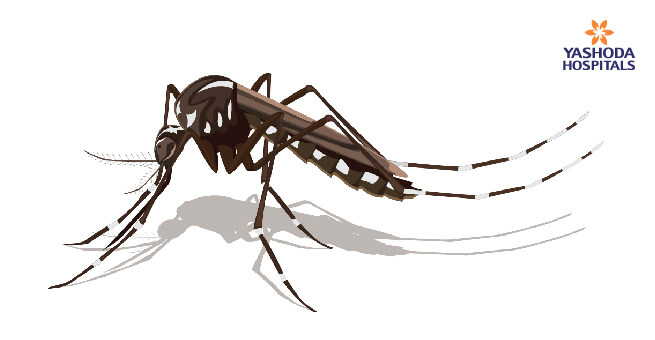
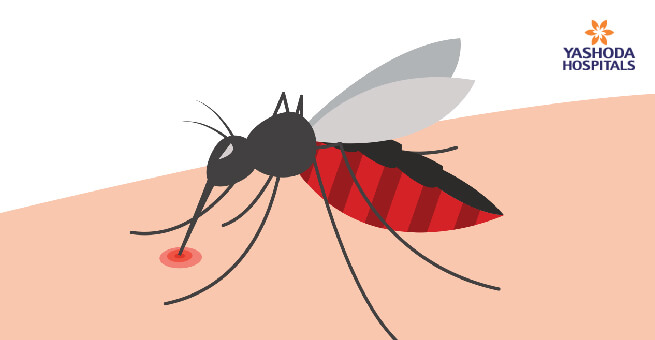
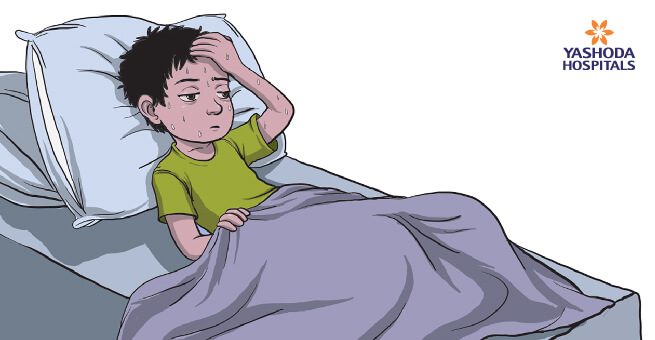
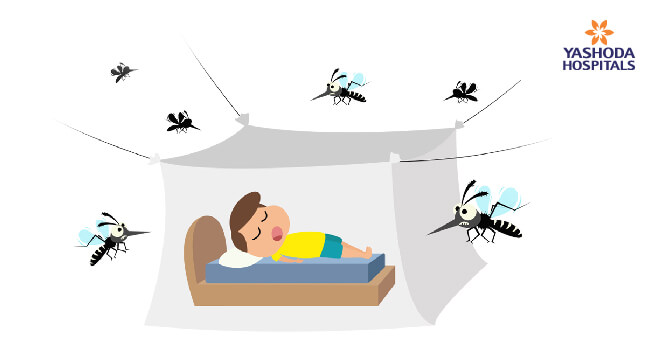


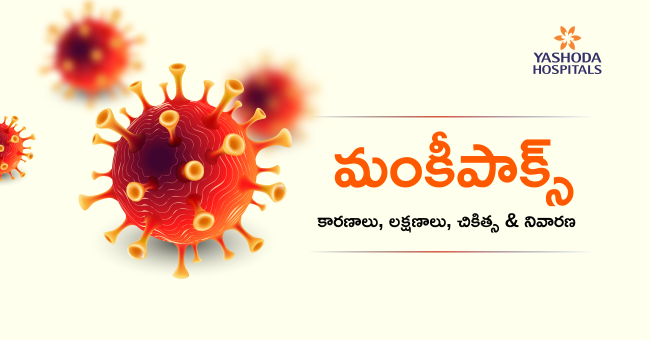
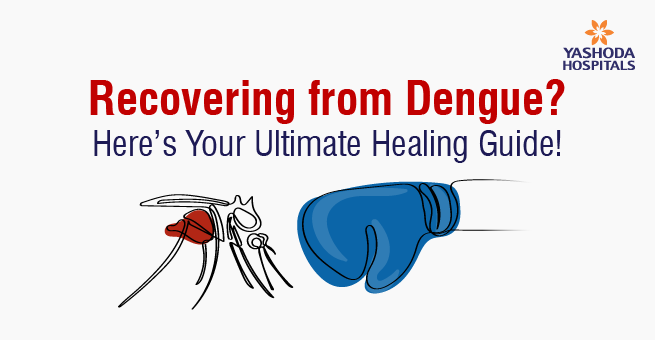
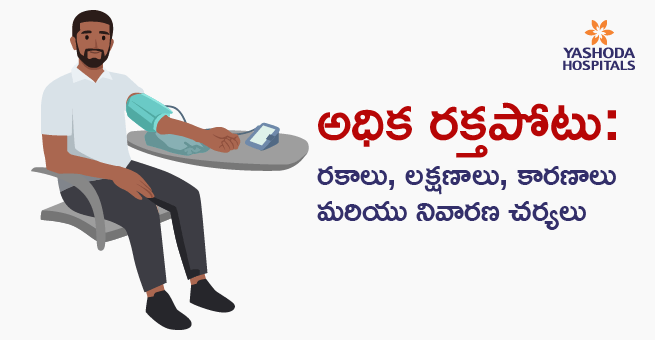
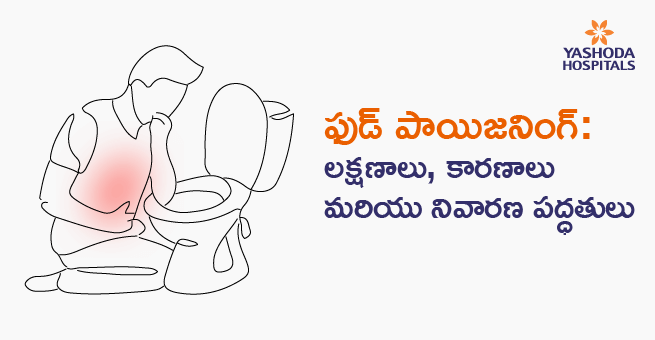
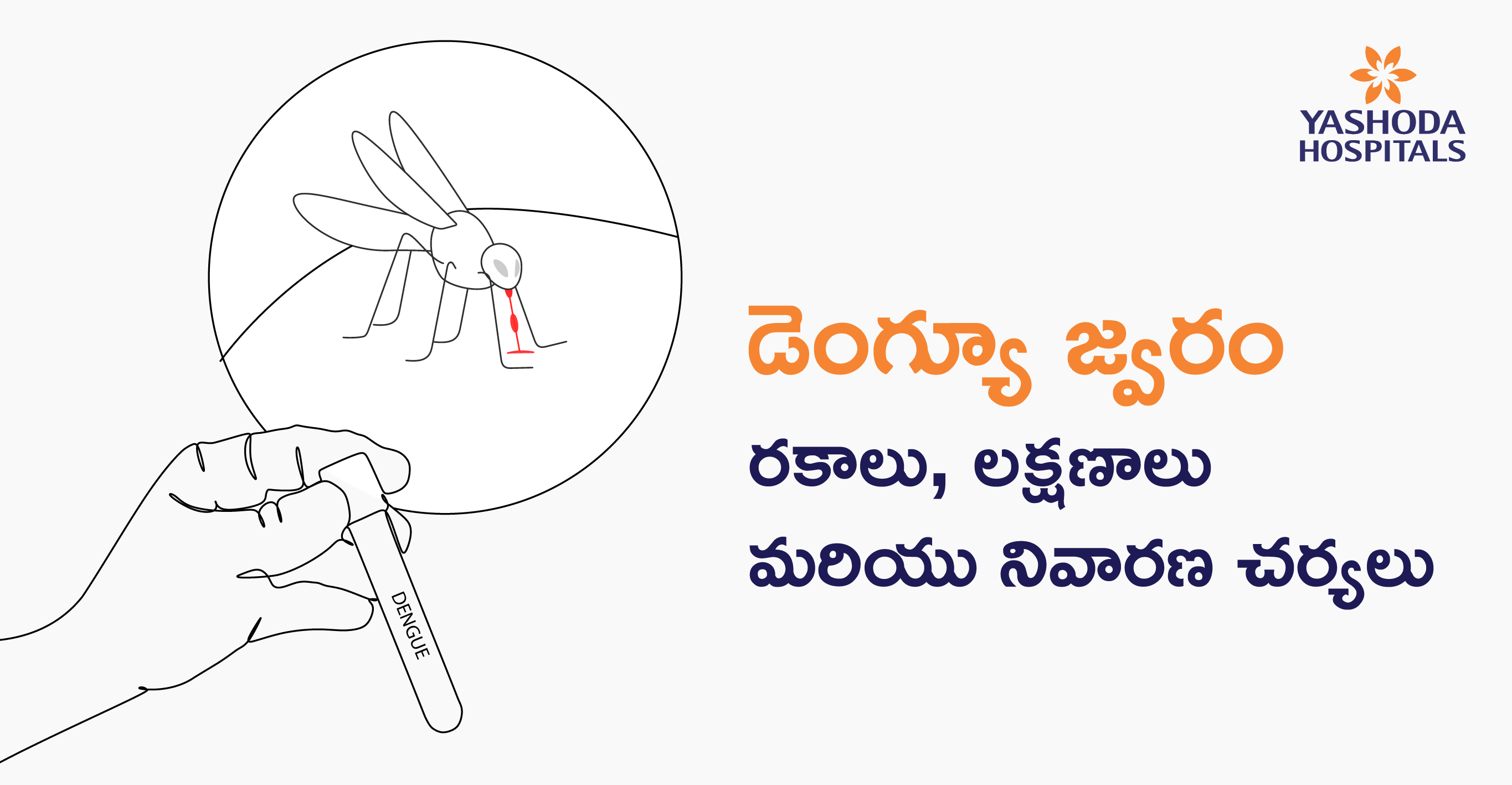
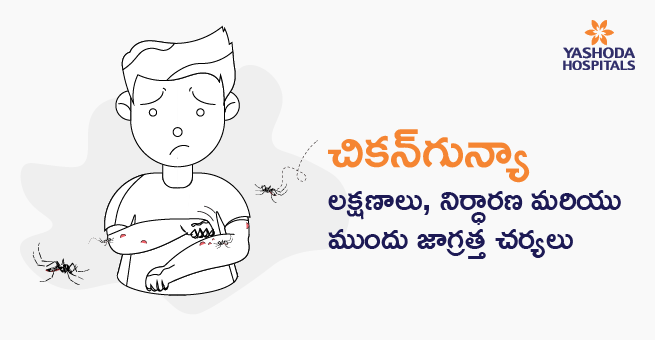
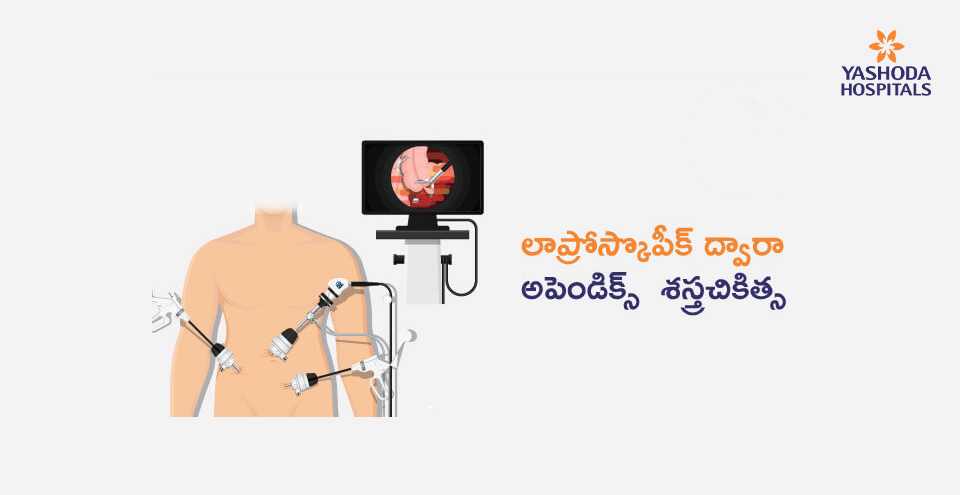
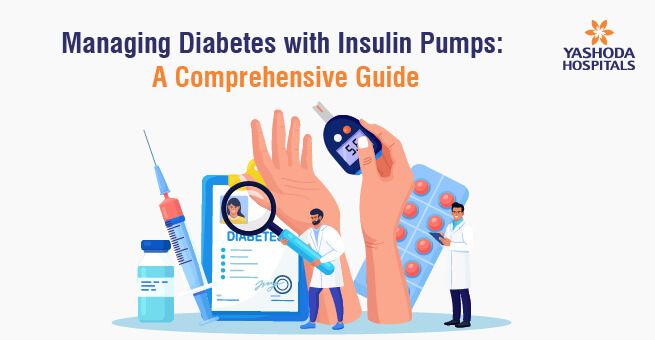
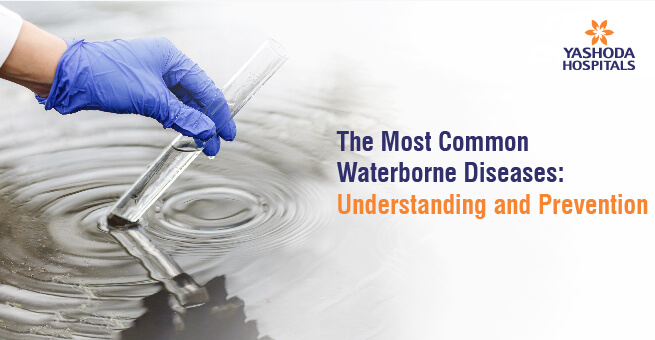

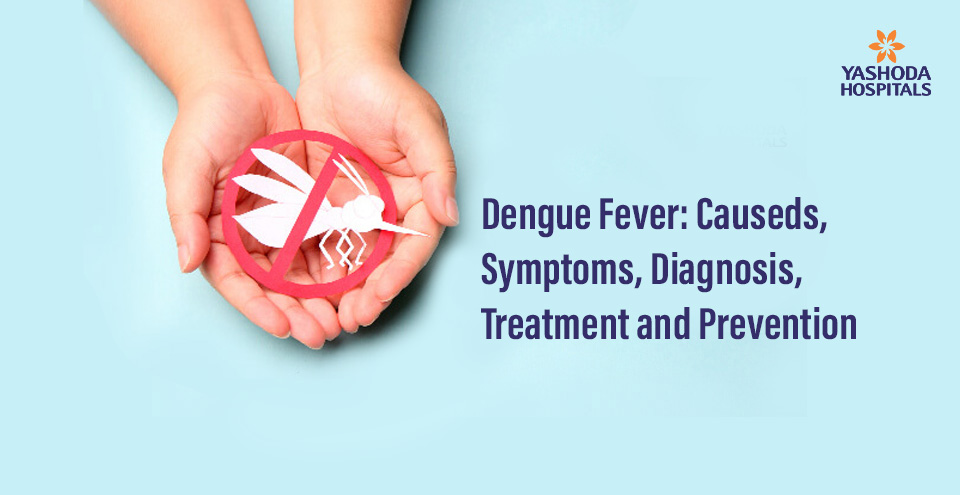





 Appointment
Appointment WhatsApp
WhatsApp Call
Call More
More

